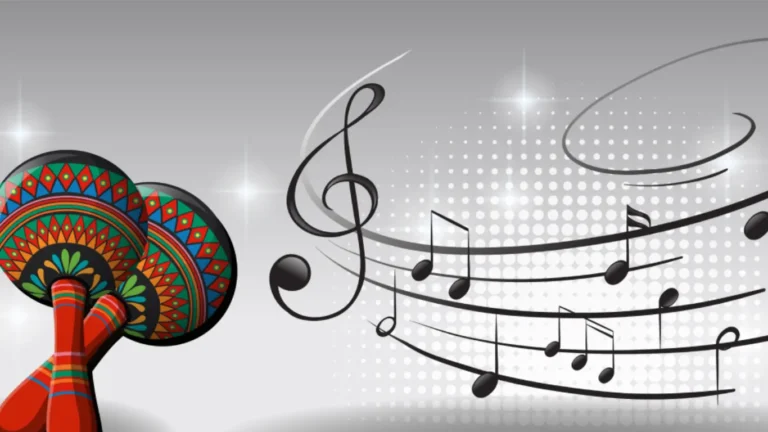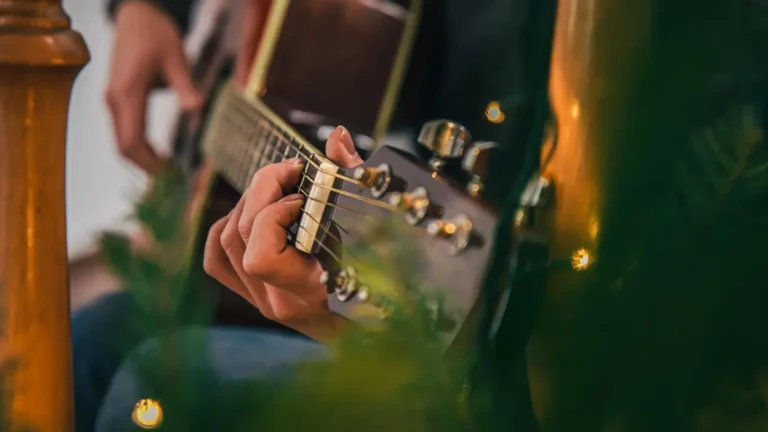You may see a young enthusiastic musician playing handpan in the middle of the street! You may even have been mediated by the magical sound of handpan and wondered how to learn handpan?
Fortunately learning handpan is easy and you can understand it by passing handpan lessons of offline or online music classes at Navasaz Academy. Since we received many questions about learning the handpan, here is a comprehensive guide to explain all the details related to learning the handpan instrument.
Is It Easy to Learn Handpan?
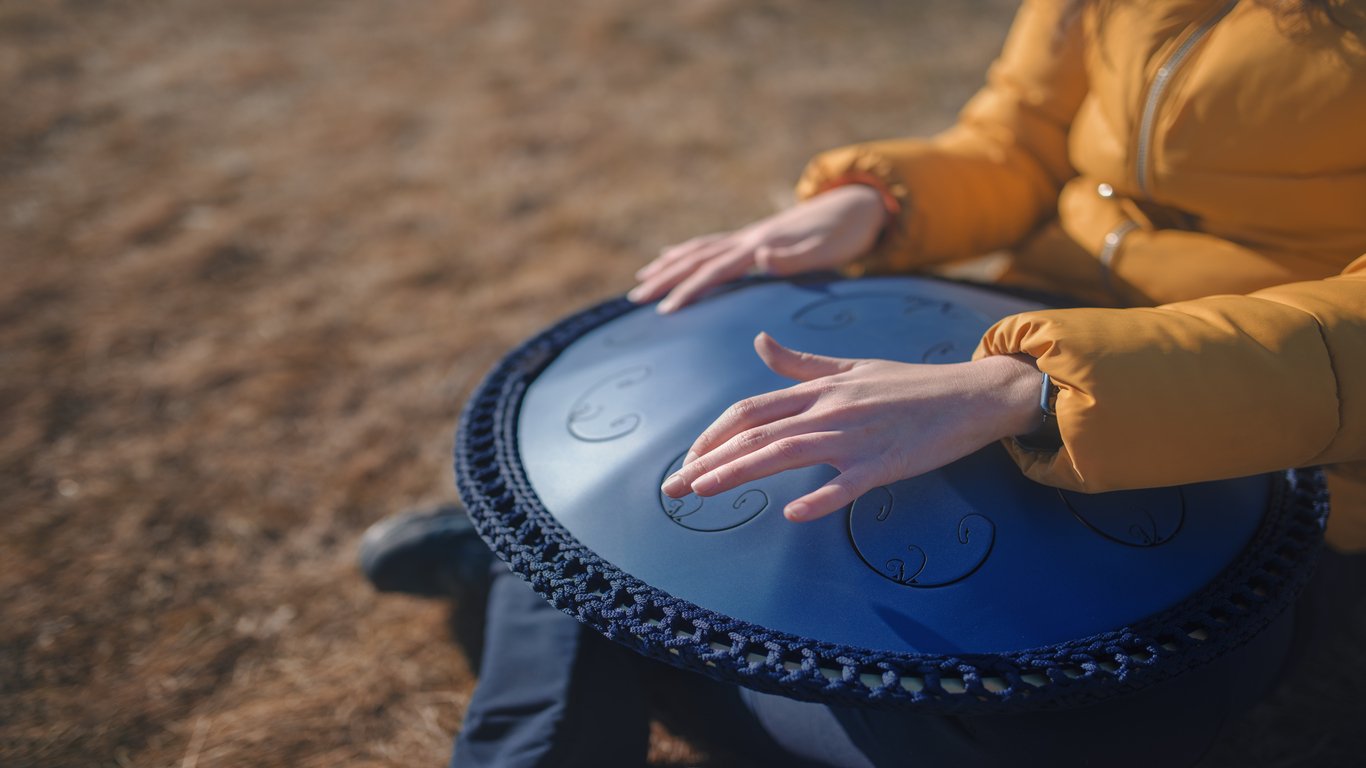
The good news is that learning handpan is easier than you think and no matter how old you are, you can always learn to play it in a short period of time. Of course, due to the simple structure of the instrument and the absence of any details, handpan lessons will be effective and you will be able to play handpan and enjoy its magical sound.
Most of the time, Navasaz recommends Handpan to those music lovers who aim to learn a new percussion instrument during the long days of summer or in their free time. Of course, in comparison with instruments such as piano or violin, learning handpan is much easier. So, if you ask us, whether is it hard to learn handpan, we say “No!”
How Long Does it Take to Learn Handpan?
Learning handpan for beginners is widely dependent on each individual’s musical talent, how much one practices, and his/her learning goals. Our experience in offline and online classes has proved that many students will learn handpan in a short period of time, while others may need more practice and effort to master this percussion instrument.
One way to progress quickly is to find handpan songs to learn. In this way, you can practice your favorite songs more and improve your skills.
Handpan Lessons: Online and Offline Availability to Learn Handpan
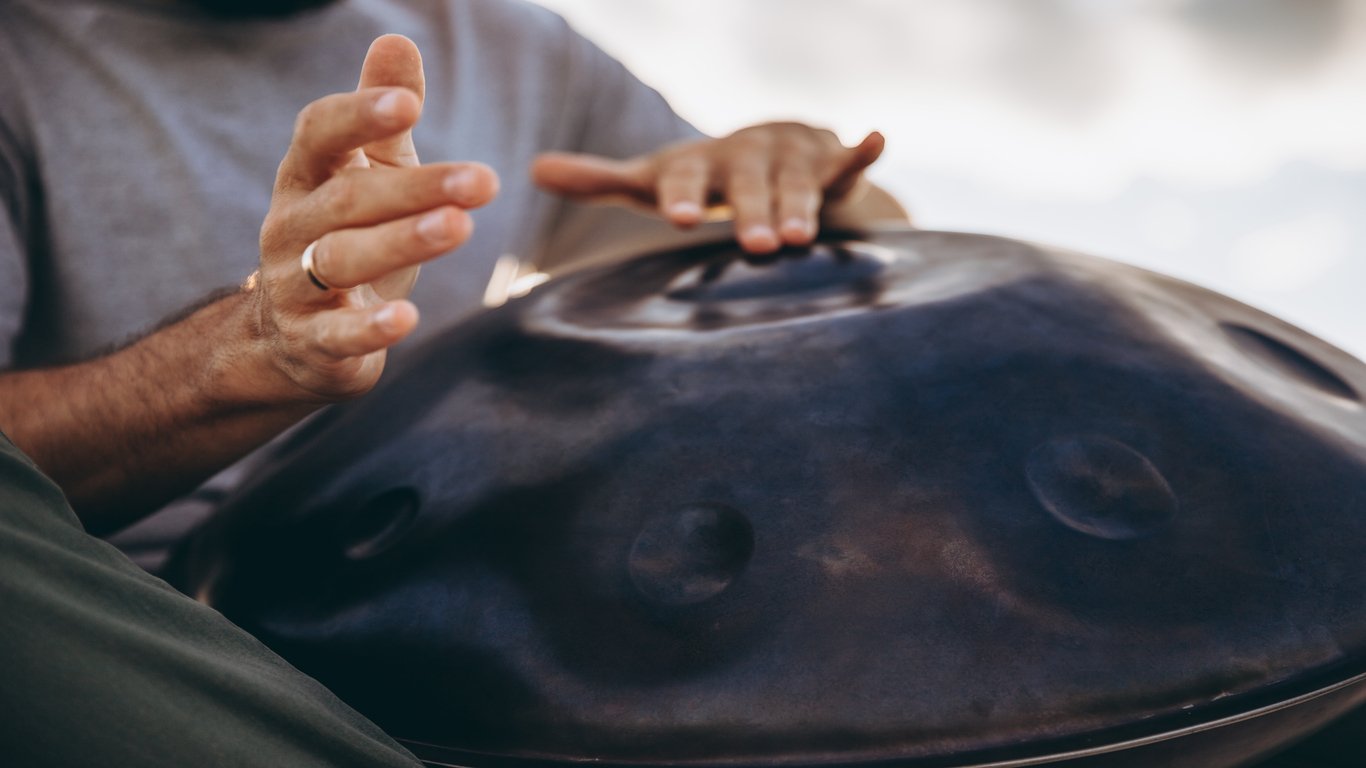
Drawing a clear distinction between the two types of lessons, Navasaz Academy provides classes of interest to learners of different types and with different schedules. Ali Massoudi, with years of experience in playing and teaching handpan, can help you with online and offline classes.
For a more comprehensive approach to the subject and to consider the handpan as a serious musical instrument, it becomes possible to go to classes that are online and offline.
Online Lessons: Online lessons are convenient and schedule-free; you learn handpan depending on your timetable. You can always watch instructional videos or tutorials where skilled beings describe simple and complex pieces as well as courses one can register for. This format is useful for those people who have tight schedules or simply just prefer not to attend any classes at a certain period in time.
Offline Lessons: For people who like talking to a person one on one, taking conventional lessons from a handpan teacher is good since the teacher gets to see you physically. The mode allows one to encounter some problems and seek to find answers and also corrections that might be very helpful in the learning process. Additionally, face-to-face lessons make it easy for one to interact with other players of the handpan; something which may be motivating and inspiring.
The Basics of Playing a Handpan
The fundamental nature of the handpan demands that, at the very least, one should be familiar with the following crucial elements of this instrument in order to get started:
Tuning: Handpans are tuned to specific scales, which provide a harmonic framework for your playing. Knowledge of these scales is hence very vital in the creation of melodic lines.
Finger Placement: Correct finger placement is essential during the process of getting clear and consistent tones. The design of the instrument encourages a natural hand position, and therefore easily find the correct notes.
Basic Techniques: Mastering some basic techniques—such as striking, damping, and glissando—will set the base for your playing. Just try everything to develop your own playing style.
Finding Your Sound: Handpan Songs and Styles
A really enjoyable and efficient way to learn handpan is through handpan songs. You can find so many resources online that range from very easy beginner tunes to more complex and intricate pieces. In searching through these different styles, you will discover your own voice in music and your tastes.
Keep in mind that the handpan is an instrument that can adapt to the genres of music at your will. Be it melodic improvisations, rhythmic patterns, or putting a mix of handpan with other instruments—there lies a world of possibilities open before you.
Challenges and Rewards of Learning Handpan

Although the handpan is much easier to play than most of the typical orchestral instruments, it is still not without its difficulties. Correct striking is critical to attaining clear and resonance sound, which makes a good striking technique critical to achieving. This takes time and care to be accomplished properly, and this is what may take time to achieve. Nevertheless, coordination of playing with the two hands at the same time may be problematic at first where the question of rhythm and tempo arises.
The benefits of mastering handpan far outweigh such drawbacks: Writing beautiful music that at the same time will help to be calm is just so cool. Handpan can be a way of telling everything and feeling all with music and expressing yourself. Also, to add to this point, the sound of resonance produced through the handpan has therapeutic functions in that it will tend to calm an individual.
Tips for Beginners
Following are some of the tips that may help a person who has just started to play a handpan:
Start Slow: Start with very basic exercises and increase the level of difficulty as you get more comfortable with the instrument.
Be Patient: This is not something that you can master overnight. The more regularly you practice, the more you will progress.
Experiment: Always be free to experiment with different beats and techniques. A handpan is such an instrument where creativity is most welcome.
Stay Inspired: Keep listening to other players’ music played on a handpan to get inspired and motivated. There is an enormous community of handpan musicians who simply love sharing their works online, providing endless sources of inspiration.
Conclusion
While the handpan offers musical and personal growth in its learning process, it is actually an instrument that can be learned by and enjoyed by anyone who is drawn either to its soothing tones or meditative qualities. Practice regularly. Find songs that really connect with you. Look for structured lessons, and soon enough, you will be proficient in this entrancing instrument.
So, if you’re thinking of getting started to learn handpan, there isn’t any time better than the present. With the ease of learning and a happy feeling when playing, handpan playing can enrich your life in more ways than one.
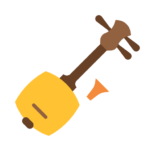 String Instr
String Instr Percussion Instr
Percussion Instr Wind Instr
Wind Instr Keyboard Instr
Keyboard Instr Tools
Tools Books
Books